Review: IK Multimedia Pianoverse – The Ultimate Piano Library?
In an early first look, IK Multimedia’s Pianoverse seeks to deliver more than just a piano sample library, and in some rather strange places!
The Piano. Il pianoforte! One of the most endearing instruments in Western human civilisation and beyond. Its sound and user interface have remained largely unchanged over centuries. The power of a beautifully played piano is almost universally loved. It is a staple. And so, it has been captured, time and again, in this modern world of sampling. One can spend a few pennies or many hundreds of pounds for a piano sample library. Some are okay, others exemplary, but mostly they’re just one piano, sampled and mapped and delivered to work in the format of your choice.
With Pianoverse, IK Multimedia’s new piano sample library, it seems they want to offer you more. Much more. I was given exclusive access to the beta version a few weeks ago so let’s explore the Pianoverse!
Multiple Instruments
The first thing to notice is that Pianoverse is not just one meticulously sampled instrument. It’s quite a few meticulously sampled instruments. Each with its own character and sonic quality. And at over 25GB per piano, this isn’t some “light touch”. We’re talking deeply multi-sampled. We’re looking at the finest examples of some of the most revered pianos, robotically sampled at numerous velocities. Every pedal variation, every detail and nuance has been captured.
For the purpose of this review, I was supplied with two pianos to get me going. These were the YF3 Concert Grand and the Y5 Royal Upright. These are based on a Yamaha CFIII Concert Grand and a Yamaha U5 Professional Upright respectively. The YF3 was recorded at the Fonoprint Studios in Bologna, Italy. The Y5 was recorded at IK’s own studio in Modena. IK Multimedia tell me that more pianos will become available soon and, once downloaded via the IK Product Manager, will show up in the main interface, ready for selection. These will include instruments based on a Bösendorfer 280 Vienna Concert, and a Steinway & Sons New York D-274. Further down the line, I am told we can expect models based on a Bösendorfer 200, a Steinway & Sons Hamburg D-274, a Fazioli F278 and a Koch & Korselt Upright. Tantalising!
The Interface
When you load Pianoverse, you start on the browser’s main page. If you’re familiar with IK’s layout in such instruments as Syntronik or SampleTank, you will feel instantly at home. On the left, we have the pianos, then a Filter column that allows you to select your pianos by Mood, Genre, Style or Timbre. Very useful for getting the right variation for your piece. The next column lists the patches themselves and the final column gives you a description and the ability to mark it as a favourite. There is a search bar so you can interrogate the library by patch name. You can also save tweaked pianos to your own user library for future recall.
Once you’ve selected your piano, it loads up and you can then proceed to one of the four main pages of the interface. These are Piano, Space, Mix and Effects.
The Piano Page
This is the main edit screen for your selected piano. The bulk of the screen shows your piano which is not animated, save for the actual keys. Below the piano are your main controls, divided into two sections. Master and Model. The Master page allows you to set basic settings such as tuning, tone, compression and the ability to turn the FX on or off. There’s also a setting for stereo width as well as a velocity curve. You can also set the volume of the Space, which we will come onto later. The Model page gives you control over things like lid position and velocity offset and you can also apply one of 20 different filters.
The Space Page
This page is where things start to get quite interesting. Instead of just some basic reverb and delay models, IK has decided to give you a wide choice of physical locations in which to place your piano. This is a feature similar to that seen in other IK products, such as MODO Drum. To start with, we have some pretty obvious and expected choices. Cathedral, Club, Garage, Opera House, Recording Studio, etc. All pretty standard, right? But what’s this? Monastery? Ok, that’s not too unusual I guess. Palace? Presbytery? Sure, why not. Old Forest?? Iceberg?? Underground? Red Planet? Yup, you can play your piano on the surface of Mars. How about a London Tube station? Sure, happens all the time! IK use their own generative reverberation engine to sculpt these ambient environments.
As odd as these spaces sound in name, they actually sound really, REALLY good! Nobody took a 9 foot grand piano to Mars, but there has been some clever programming going on to give you some really unique and useable effects. We’ve had shimmer verbs up the wazoo so this is something a bit more unusual and, more importantly, usable. Once you’ve selected your space, you can tweak it to your taste. For example, Red Planet allows you to add ‘Stars’ or ‘Radiations’. These don’t just shape the reverb space, they actually add a flavour to the reflected sound. The Iceberg space allows you to tweak ‘Waves’ and ‘Current’. It’s a really simple, yet clever way of shaping your piano sound.
The Mix Page
This page seems a bit boring after Spaces! However, it is a vital part of the sculpting of your sound. Mic positioning can be tweaked here, as can levels and panning, EQ and sends and insert FX on the master output.
The Effects Page
As well as the sound altering features of Spaces, you have some good old-fashioned effects here to finish off your instrument. One Send and two Inserts are available and a great selection of FX are available. Delays, Saturation, Overdrive, Filter and Shimmer are all present as are some even cooler things like Convomorph and Reelab. The former allows you to blend between two impulse responses. The latter makes use of IK’s tape modelling technology seen in their T-Racks range of FX. All in all, there’s a great selection sound shaping here to make your piano sound pristine, wrecked and pretty much anything in between! It also looks like IK have taken a small leaf out of Arturia’s book with the design of the effects page. Flat, clear and animated graphics give you a great idea of what is going on.
Conclusion
Pianoverse is a piano sample library with a difference. That in itself is refreshing as it’s not just another “Me too” product. For a start, you can build up a great collection of the pianos YOU want and then do some remarkable sound sculpting to them. Those sculpting tools are also very unique and instantly useable. I would say they’re incredibly inspiring. The overall interface is simple, straightforward and intuitive and does not get in the way of your flow.
As one might expect with a deeply multi-sampled piano library, file sizes aren’t small. A good SSD drive is not just recommended, but absolutely essential. As you add more instruments, you may find yourself dedicating an entire drive to Pianoverse.
If you use pianos in your work, I can see Pianoverse becoming your one-stop shop. The depth and quality of the sampling is superb and the level of control you have makes it incredibly flexible. Moreover, the unique aspects set it apart from many other piano sample libraries and make it one of the most inspiring I’ve ever played.
More Information
IK Multimedia’s Pianoverse is available now at a special introductory price of $/€99.99 excl. taxes (RRP is $/€129.99) per piano. An ‘all-access’ subscription is also available, with monthly or yearly plans. These start at $/€14.99/month or $/€149.99/year. These will give access to current and newly released pianos.
- Pianoverse Library Page: IK Multimedia
- Pianoverse Piano Master Page: IK Multimedia
- Pianoverse Underground Space: IK Multimedia
- Pianoverse Mix Page: IK Multimedia
- Pianoverse FX Page: IK Multimedia
5 responses to “Review: IK Multimedia Pianoverse – The Ultimate Piano Library?”

 4,9 / 5,0 |
4,9 / 5,0 | 
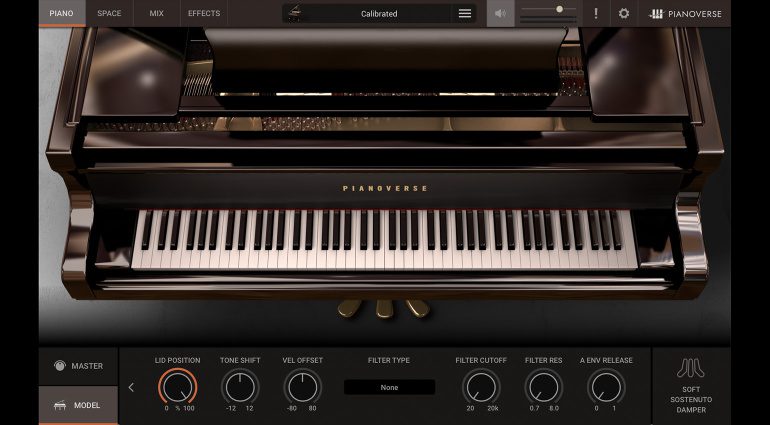




















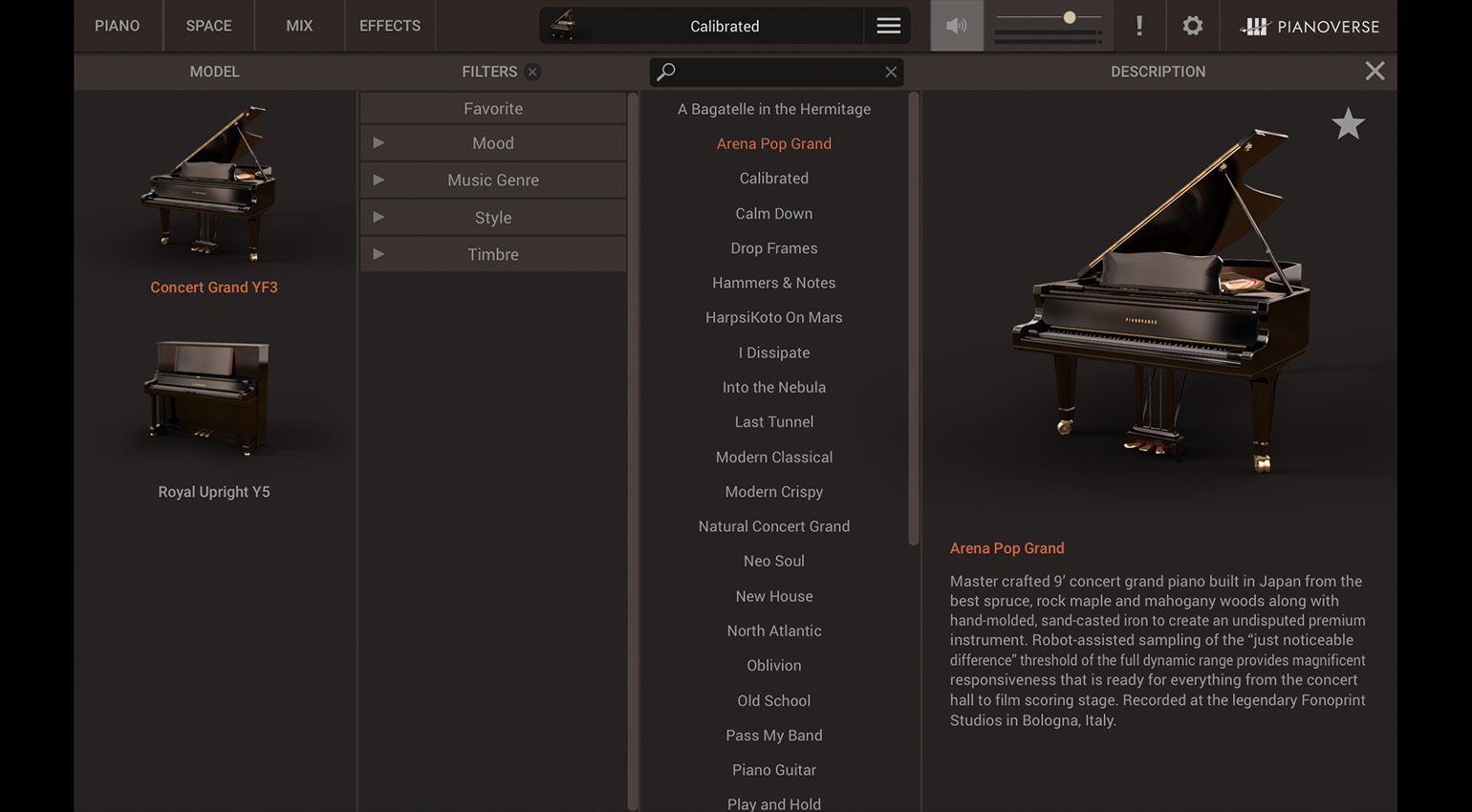

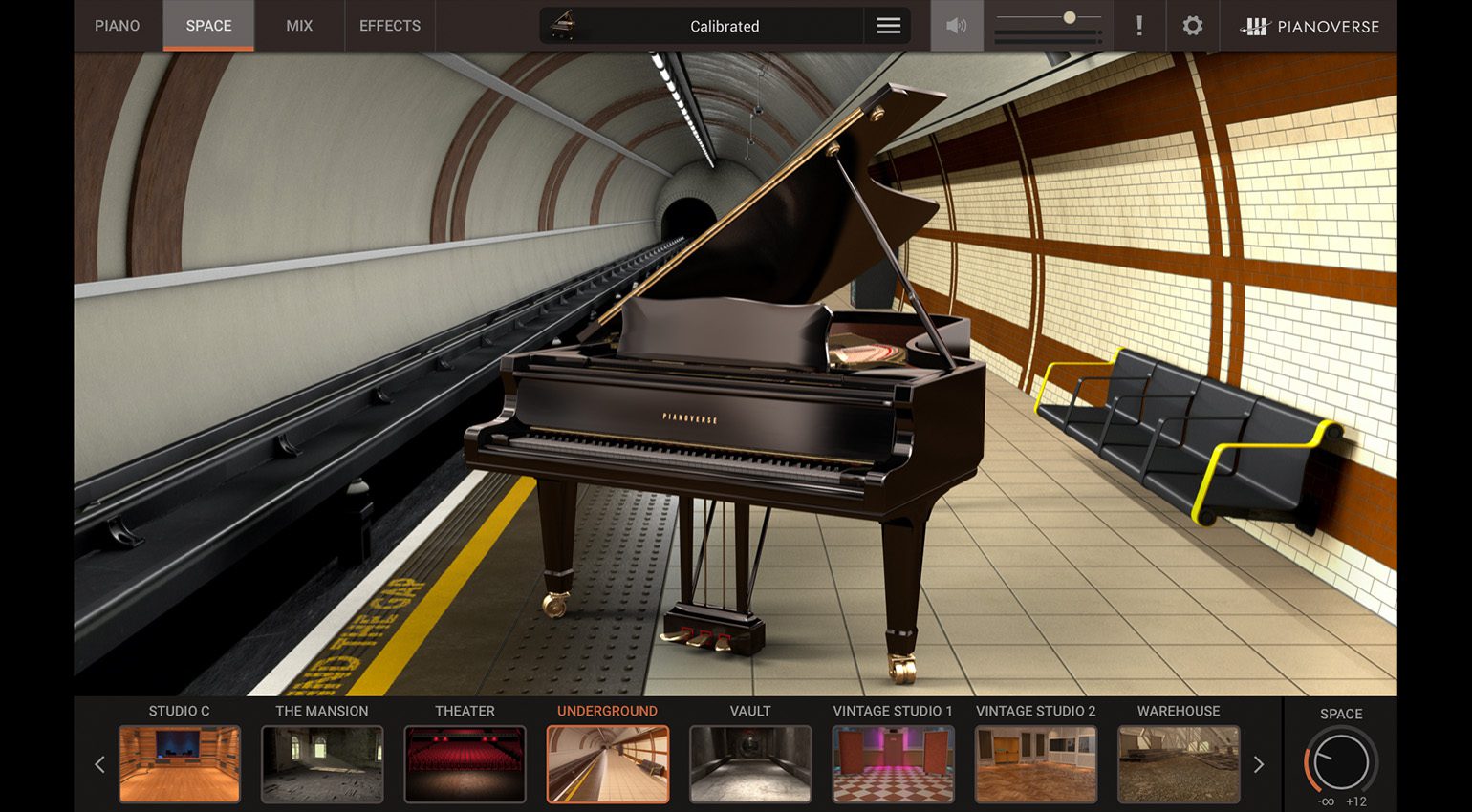
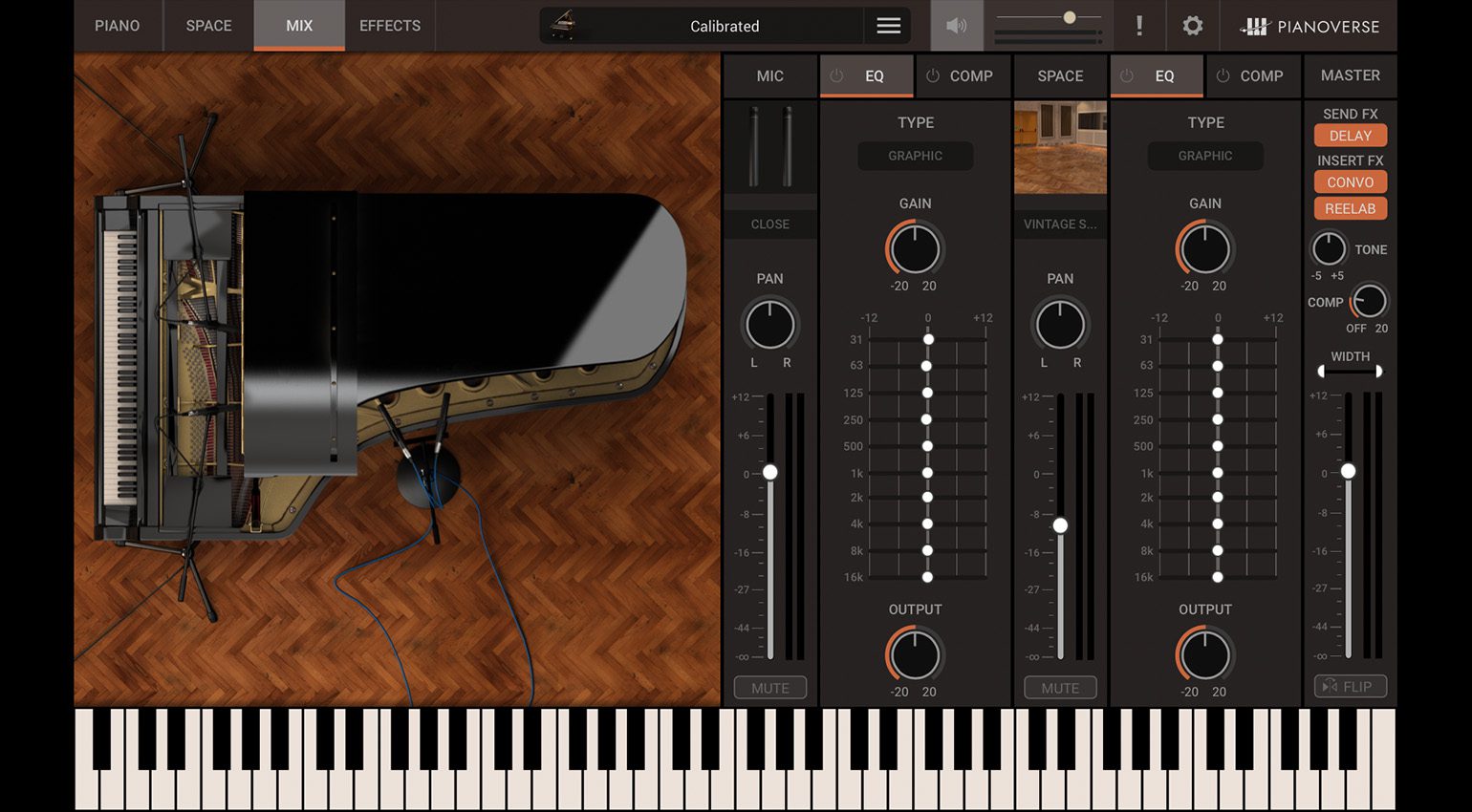






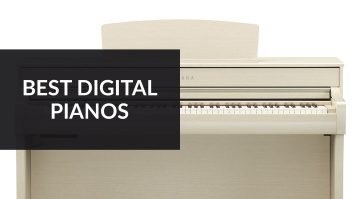



No mention of sympathetic string resonance, or sustain pedal resonance, both of which are CRITICAL to a realistic piano sound.
Parameters like “filter cutoff” or “envelope release” and tweaks of tone or velocity curves are next to useless as global control knobs which affect everything at once. Any user tone shaping controls like these need to be in the format of 88 sliders for parameter control on per note basis, because often the treble is too bright while the midrange is too warm and the bass is too thin. You need 88 key adjustments to dial in the appropriate corrections you desire across the different keyboard ranges,not a just single knob control that skews all ranges by the same factor and doesn’t help you.
I’m not really impressed with Luca’s demo, sorry. Just another sample piano library, not a game changer, in my impression. Release sample is unnatural.
Just a quick reminder about IK Multimedia software traditions, that they do not grant you a right to download your purchase infinitely. If, in a year or two, you switch a computer and log in to IK Multimedia site to re-download the software again – you’ll likely find out you have to pay again just to be able to download what you’ve purchased before.
I don’t think it’s the full amount. I only paid $12 to reaccess my Syntroniks library after 2 years, it’s essentially a cloud license extension
Anybody think this holds a candle to Keyscape?
The release version better show some improvement..! And, are IK trying to sell some sampled pianos, or an effects device? Honestly, swamp just about ANY sampled piano with that insane amount of effects (but strangely, the opera house version had very little opera house!) and it quite honestly doesn’t matter if you use a freeware piano!